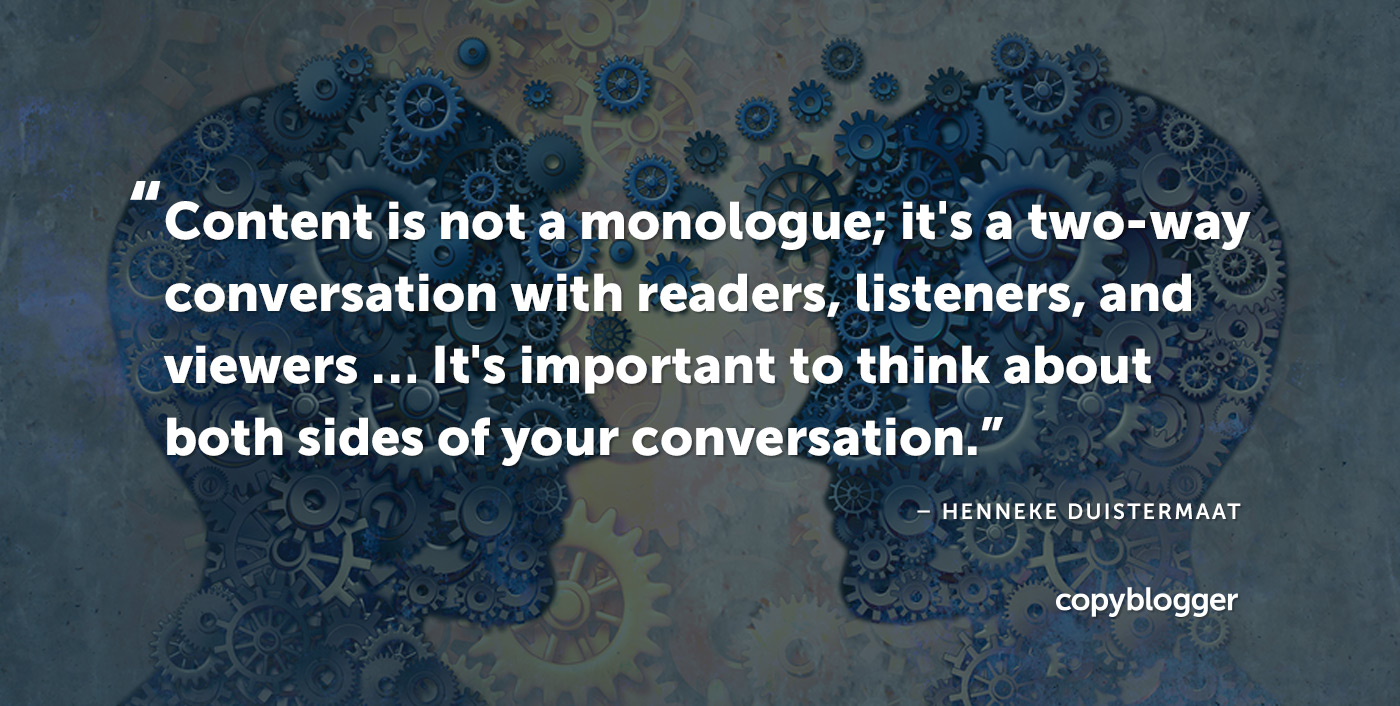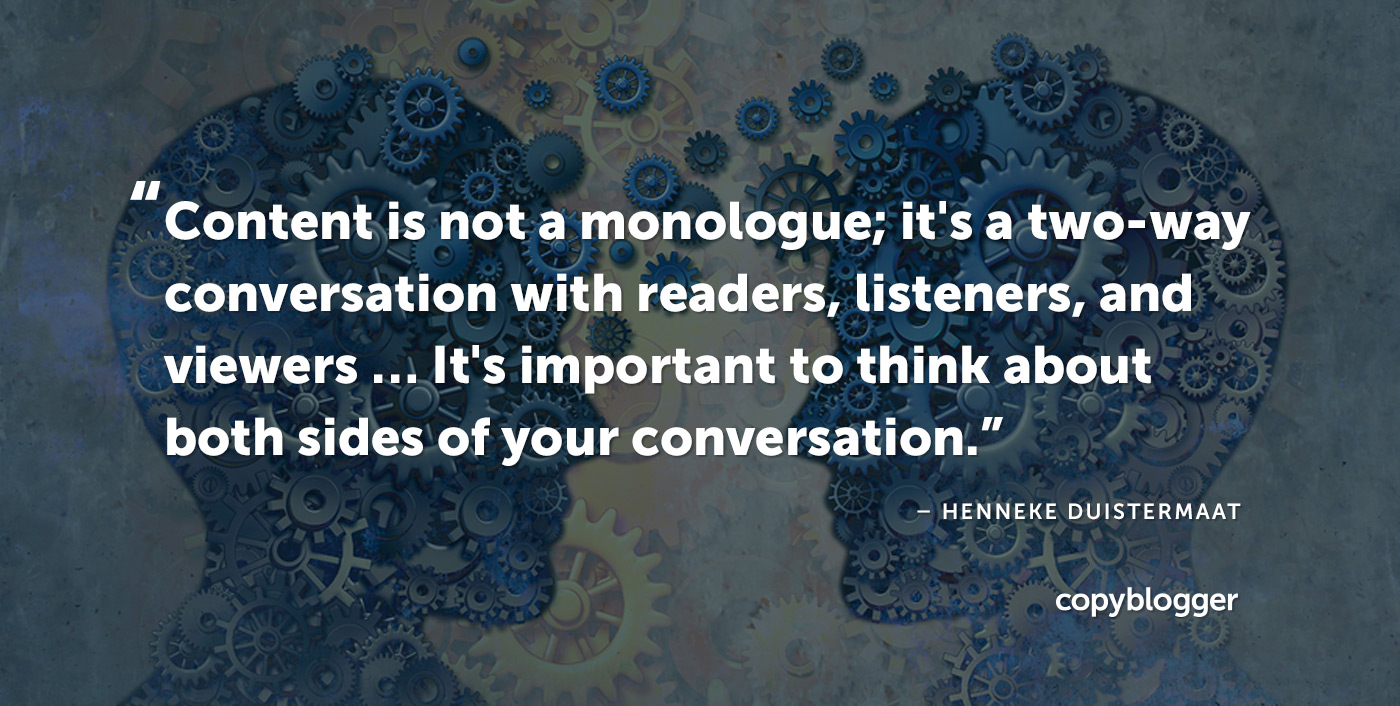We’ve talked on the blog for years about the benefits of taking the time to create an in-depth, documented content marketing strategy before jumping into writing. And when I bring this up in conversations, I notice that the immediate follow-up question is nearly always: “Er, what does an in-depth, documented content marketing strategy actually look like?” Here are my recommendations for 10 elements that make sense in a solid content marketing strategy. But just because an enduring David Ogilvy-style Big Idea is hard to find doesn’t mean you give up the hunt. One common example of a path to purchase might be a blog post, boosted with advertising, leading to an opt-in for a nurturing email sequence, then on to a sales page. #5: Design cornerstone content A good strategy document makes specific recommendations for turning your cornerstone ideas into strategic content. Would your most important cornerstone make for a good email nurturing sequence? Some content exists to educate those who have tuned in, so they’re in a great position to move forward with their goals — potentially including working with your company. A good content strategist understands the different roles content can play, and can make recommendations for each type based on your audience and cornerstone themes. A good strategist can make recommendations about how to take strong work you’ve already created and use it to craft additional valuable pieces, often in other media. Strong content marketing strategy looks at the specific business context, and makes recommendations based on that.

With last year’s sale of our StudioPress division, I found myself with something I hadn’t seen in a long time — bandwidth.
And to my surprise, what I really felt called to do was work with clients again, sharing what I’ve learned over the last decade as Co-Founder and Chief Content Officer for Copyblogger Media.
One great thing about client work is you immediately see themes and recurring motifs come up in conversations.
We’ve talked on the blog for years about the benefits of taking the time to create an in-depth, documented content marketing strategy before jumping into writing.
And when I bring this up in conversations, I notice that the immediate follow-up question is nearly always:
“Er, what does an in-depth, documented content marketing strategy actually look like?”
Here are my recommendations for 10 elements that make sense in a solid content marketing strategy. You may have additional thoughts, and I’d love to hear them in the comments!
#1: Document the Who
All good content, sales, and marketing depends on one factor above all others:
Humans are complicated, and you could spend months or even years researching this. You’ll want to look for the middle ground between a deep understanding and six months in a rabbit hole.
Different organizations have different strategies for developing this deep understanding. I’m partial to interviews and social media listening (Facebook groups can be particularly rich).
I’ve also gotten good results from review mining. (I picked up that technique from our smart friends at Copyhackers.)
You’re looking for the beliefs (both helpful and not-so-helpful) held by your audience, their desires and fears, their habits and obsessions, as well as the specific language they use to talk about their problems and opportunities.
Brian Clark and I are both fans of taking a novelistic approach to this work — creating an “avatar” that’s as real-seeming and three-dimensional as a character from a novel you love.
When you understand your Who as well as you understand Hermione Granger or Jon Snow, you’re off to the right start.
#2: Explore a big idea
The “Big Idea” — a powerful, surprising idea that grabs customer attention and endures for a generation or more — is a bit of a unicorn hunt.
David Ogilvy, one of the kings of Mad Men-era advertising, held that they were indispensable. They’re still a wonderful asset when you can find one, but finding one isn’t common.
But just because an enduring David Ogilvy-style Big Idea is hard to find doesn’t mean you give up the hunt.
In a content strategy session, I like to think about a “big enough idea” — lowercase, no caps. I look for an idea about the company that’s fresh, possibly counterintuitive, and above all, beneficial to the Who we’re serving.
Helpful always beats clever. So if a brilliant “Big Idea” doesn’t emerge, a solid statement of the most compelling benefit of the product or service can get the job done.
Mark Morgan Ford on the Early to Rise blog came up with an Ogilvy-informed definition that I think is useful:
“A big idea is an idea that is instantly comprehended as important, exciting, and beneficial. It also leads to an inevitable conclusion, a conclusion that makes it easy to sell your product.”
Because content marketing sustains audience attention over time, you…

COMMENTS